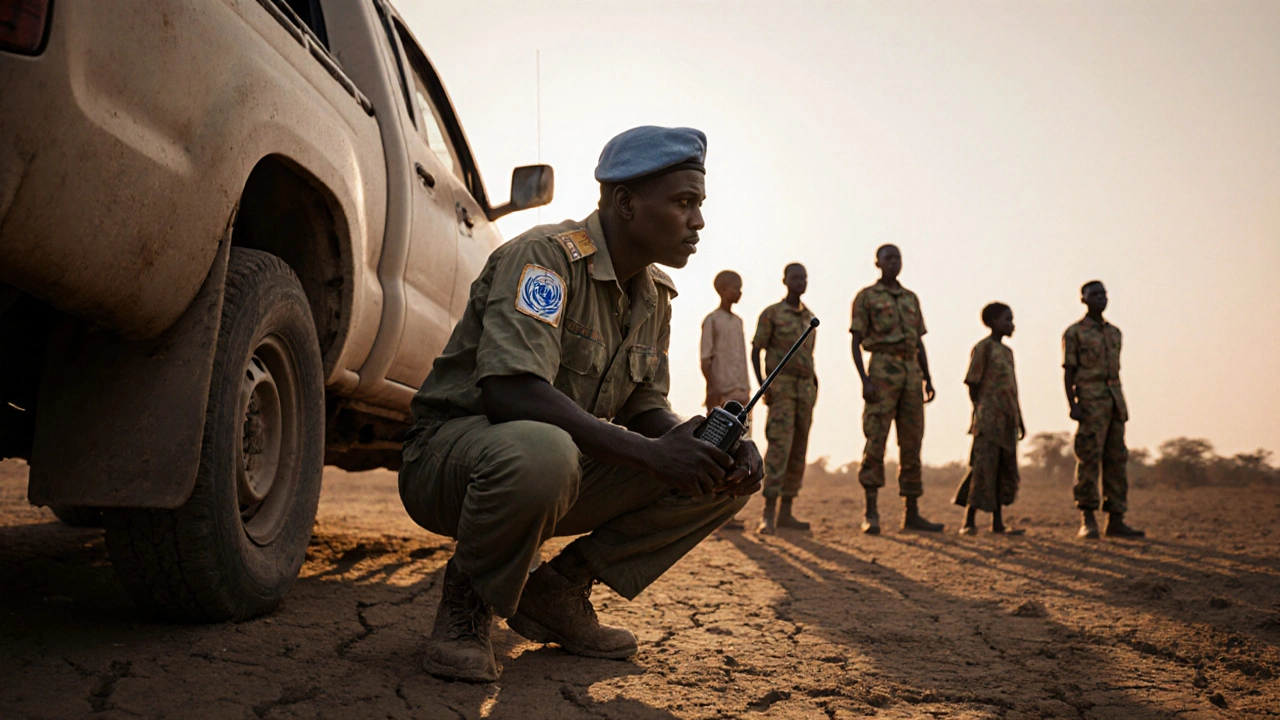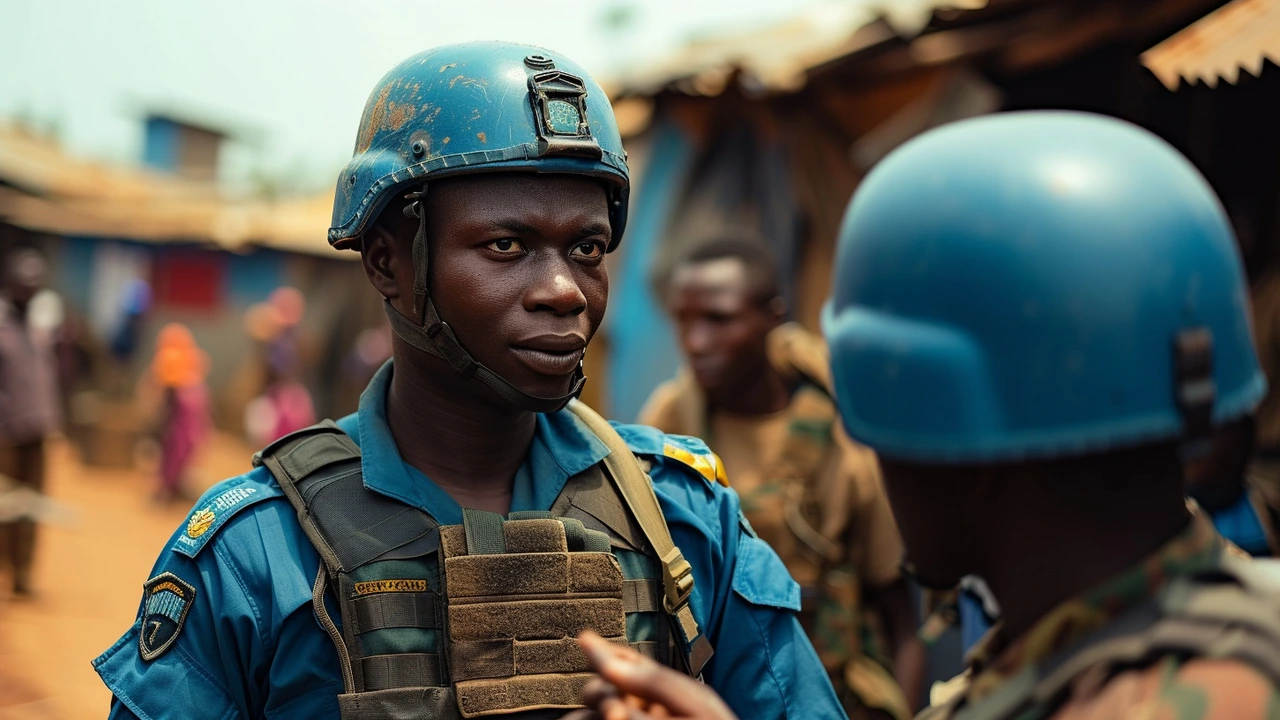Want a straight answer about peace operations? You’ve come to the right place. Here you’ll find plain explanations, current reporting, and practical analysis about how international teams try to stop violence, protect civilians, and help societies rebuild after conflict.
Peace operations cover a range of activities: traditional peacekeeping, peace enforcement, civilian protection, mediation support, and post-conflict peacebuilding. Some teams wear blue helmets and patrol checkpoints. Others train police, support elections, or help rebuild local courts. The common goal is the same — reduce violence so communities can start normal life again.
Mandates vary a lot. One mission might monitor a ceasefire. Another might be authorized to use force to protect civilians. That difference determines who gets sent, what equipment they use, and how success is measured.
Modern peace operations face messy local politics, limited resources, and growing threats like armed groups and targeted attacks. Technology helps — drones, secure communications, and data analysis — but tools can’t replace local trust. Building relationships with communities, local leaders, and civil society often decides whether a mission succeeds.
Also, peace operations now focus more on human rights, gender issues, and protecting civilians. That shift changes training, rules of engagement, and how missions report progress.
Want examples? Read pieces like “The Quiet Warriors: A Deep Dive into Global Peacekeeping Efforts” for frontline stories, or “The Resilient Core of Peacekeeping Operations: Strategies and Impact” for strategy and outcomes. If you want a history angle, check “Tracing the Transformation of Global Peacekeeping.”
On this tag page you’ll find articles that explain tactics, share personal stories, and analyze policy. Use the tag to spot patterns: which missions focus on elections, which prioritize protection of civilians, and which combine military and civilian work. You’ll also find practical guides such as “Essential Strategies for Peacekeeping in Conflict Management” and human-centered pieces like “The Humanitarian Quest: Expanding the Horizons of Peacekeeping Missions.”
How to use these posts: start with a clear question. Are you studying mission mandates? Read the strategy and legal pieces. Want human stories? Pick first-hand accounts and profiles. Looking for current news? Scan the newest articles at the top of the tag feed.
If you follow peace operations, expect complexity. No single mission model fits every crisis. But understanding the building blocks — mandate, troops and police, civilian support, and local partnerships — will help you read any report with more clarity.
Browse the posts, bookmark analysis you like, and come back often. Peace operations change with each crisis, and this tag keeps the coverage useful and practical for readers like you.

Behind every peacekeeping mission are thousands of local staff-drivers, interpreters, medics-who risk their lives daily with little pay or recognition. This is their story.

Hey there everyone, I'm just really excited to talk about something that's super close to my heart – the varied faces of peacekeeping. Honestly, it's quite incredible how these brave individuals come from all corners of the globe, each with their own unique backgrounds, experiences, and perspectives, you know? They sort of band together, united by this common purpose to maintain peace and security. Reflecting on their stories, I've noticed it's not just about the military aspect; it involves civilians, police, and other specialists as well. Strangely enough, peacekeeping has a lot of layers to it, kind of like an onion, and together, they're making a difference in hotspots worldwide. It's like this tapestry of commitment, culture, and courage that really resonates with me, and I can't wait to share more with you guys in the post.
